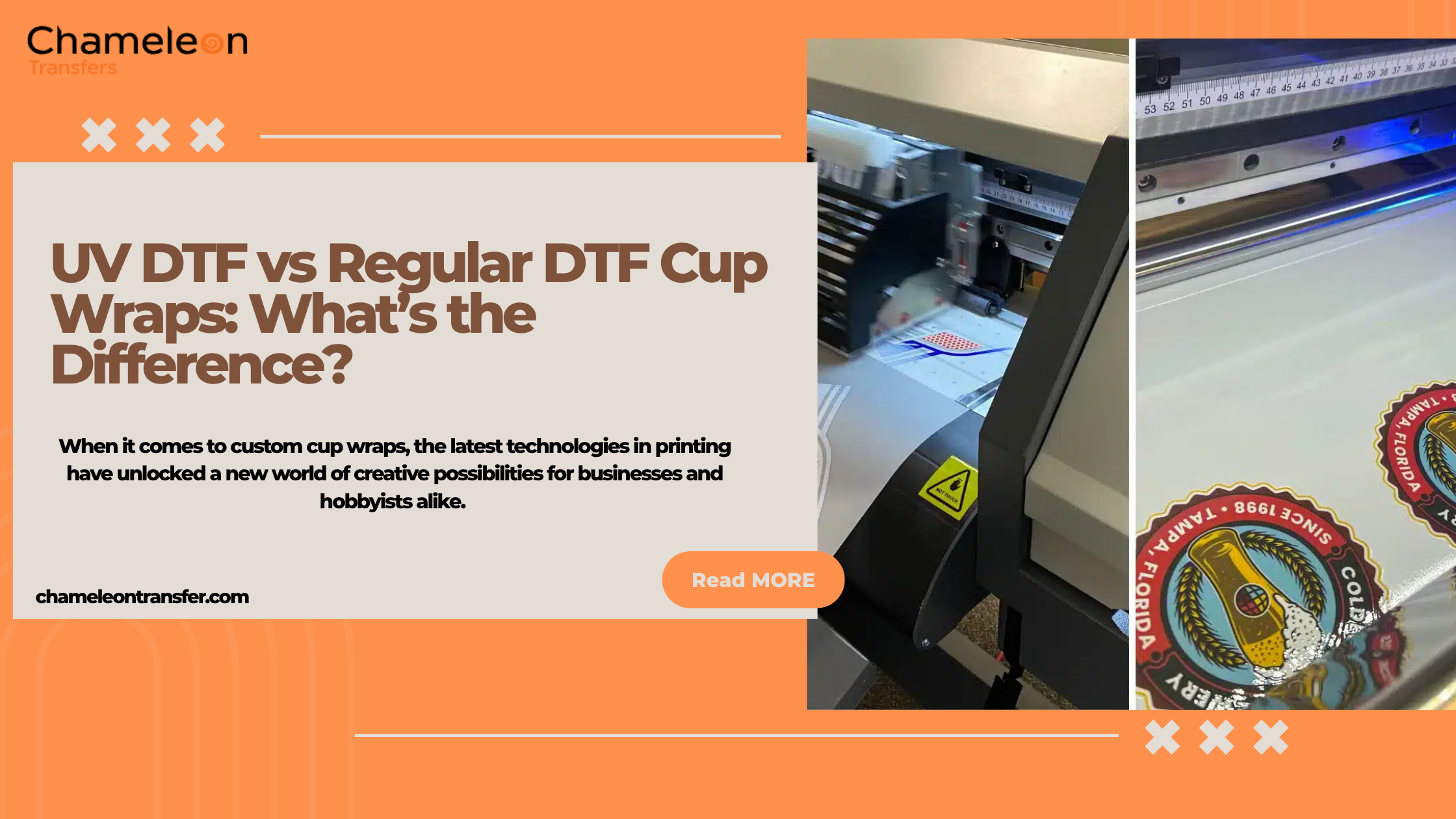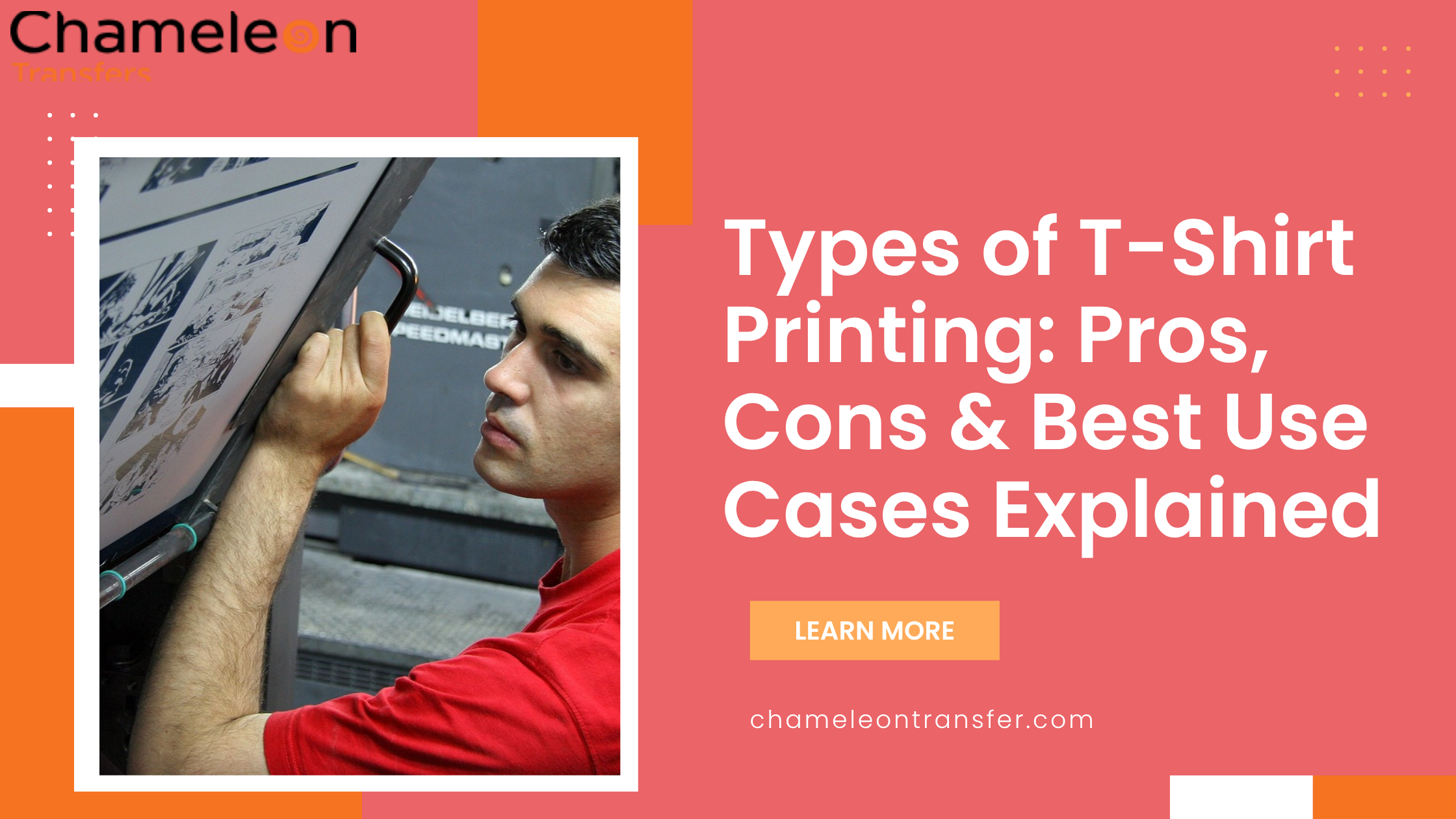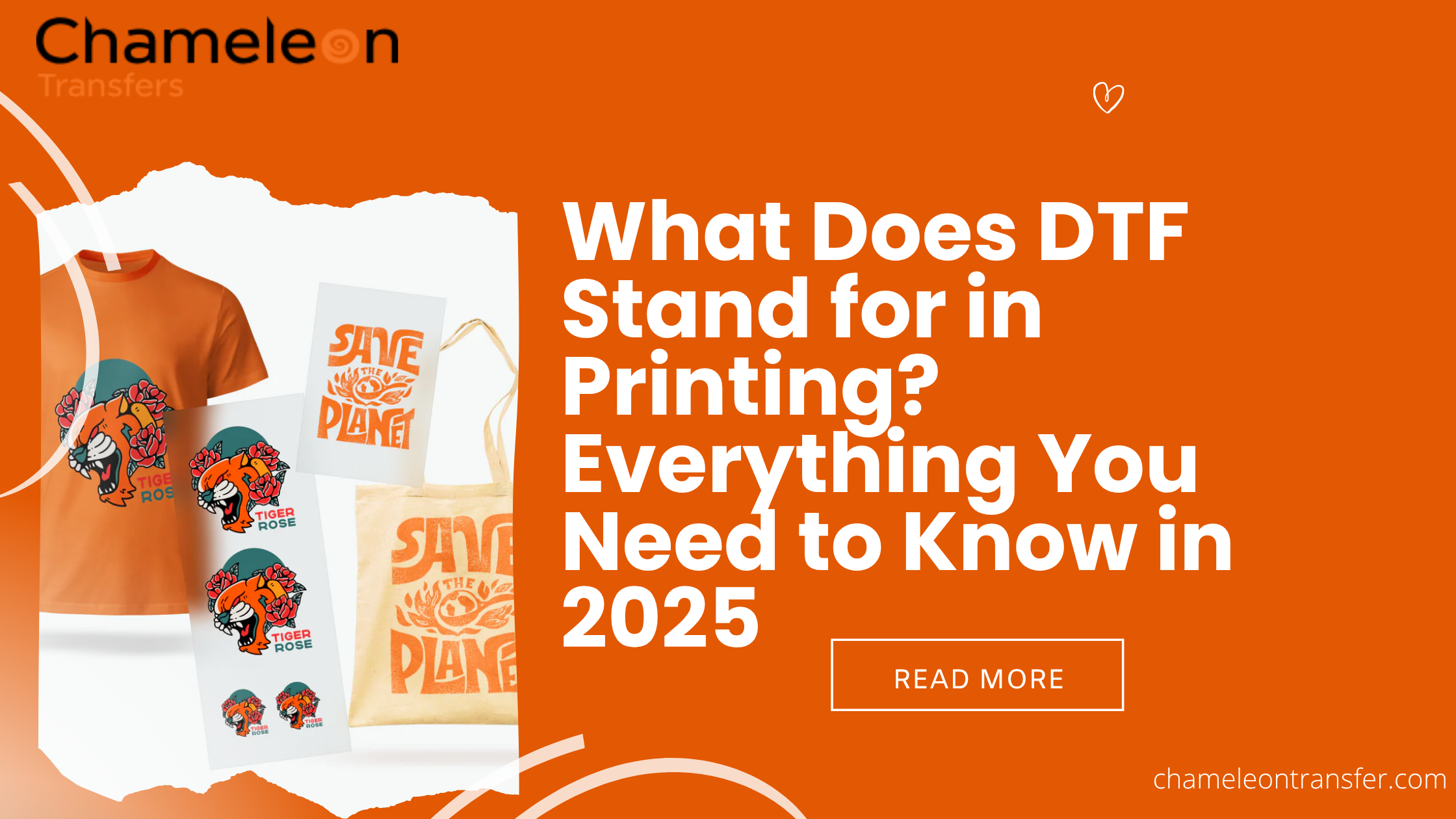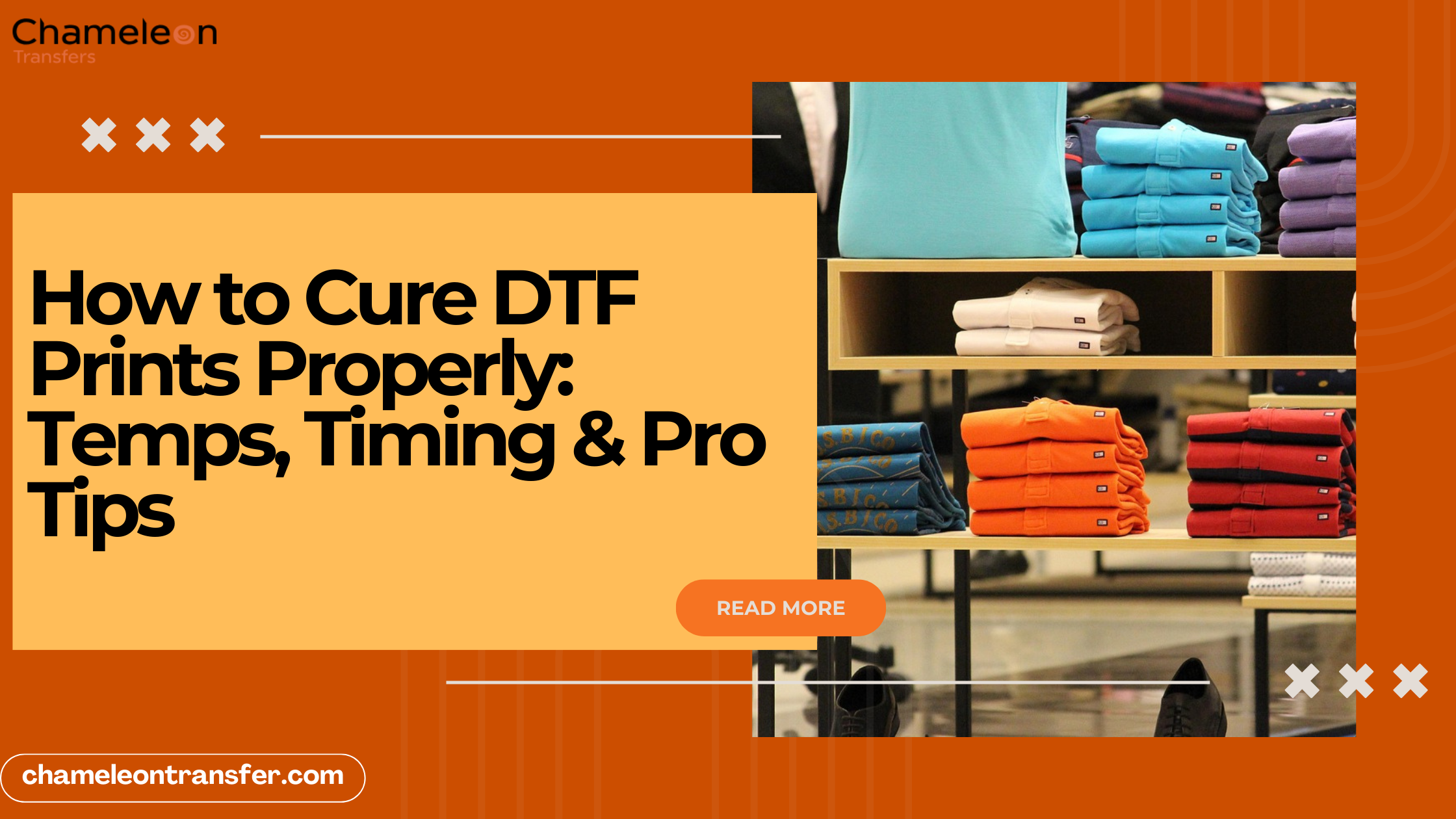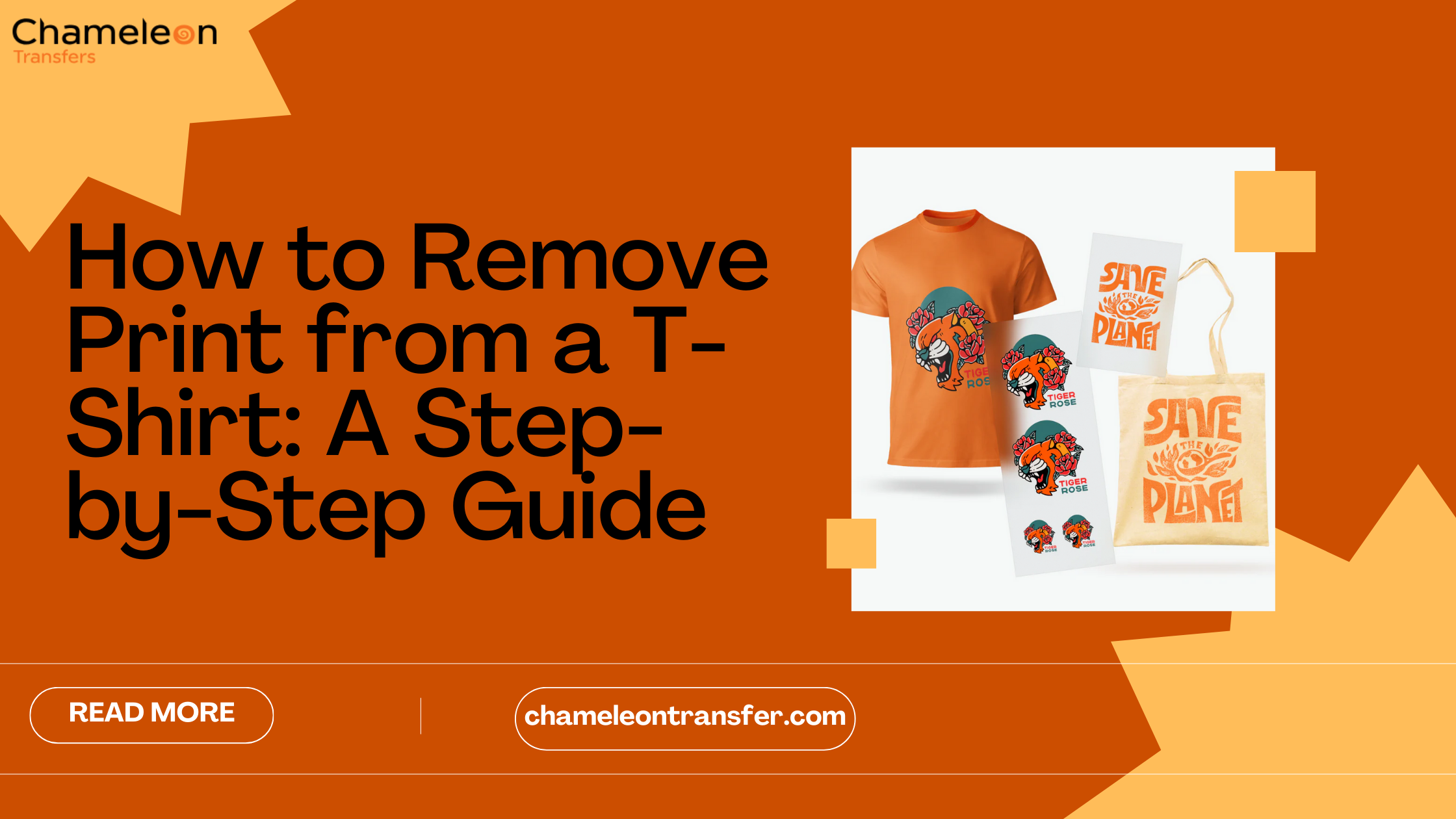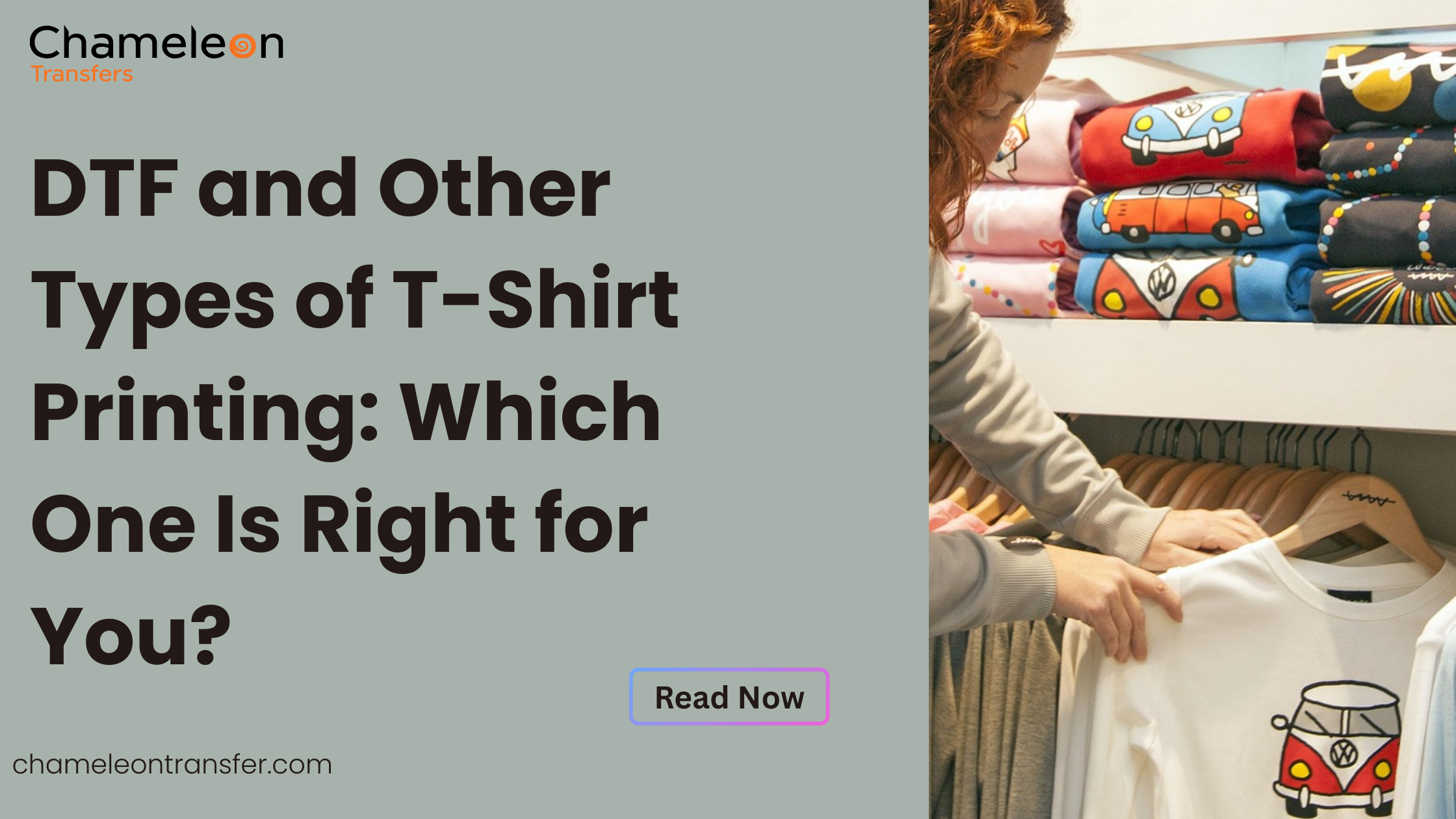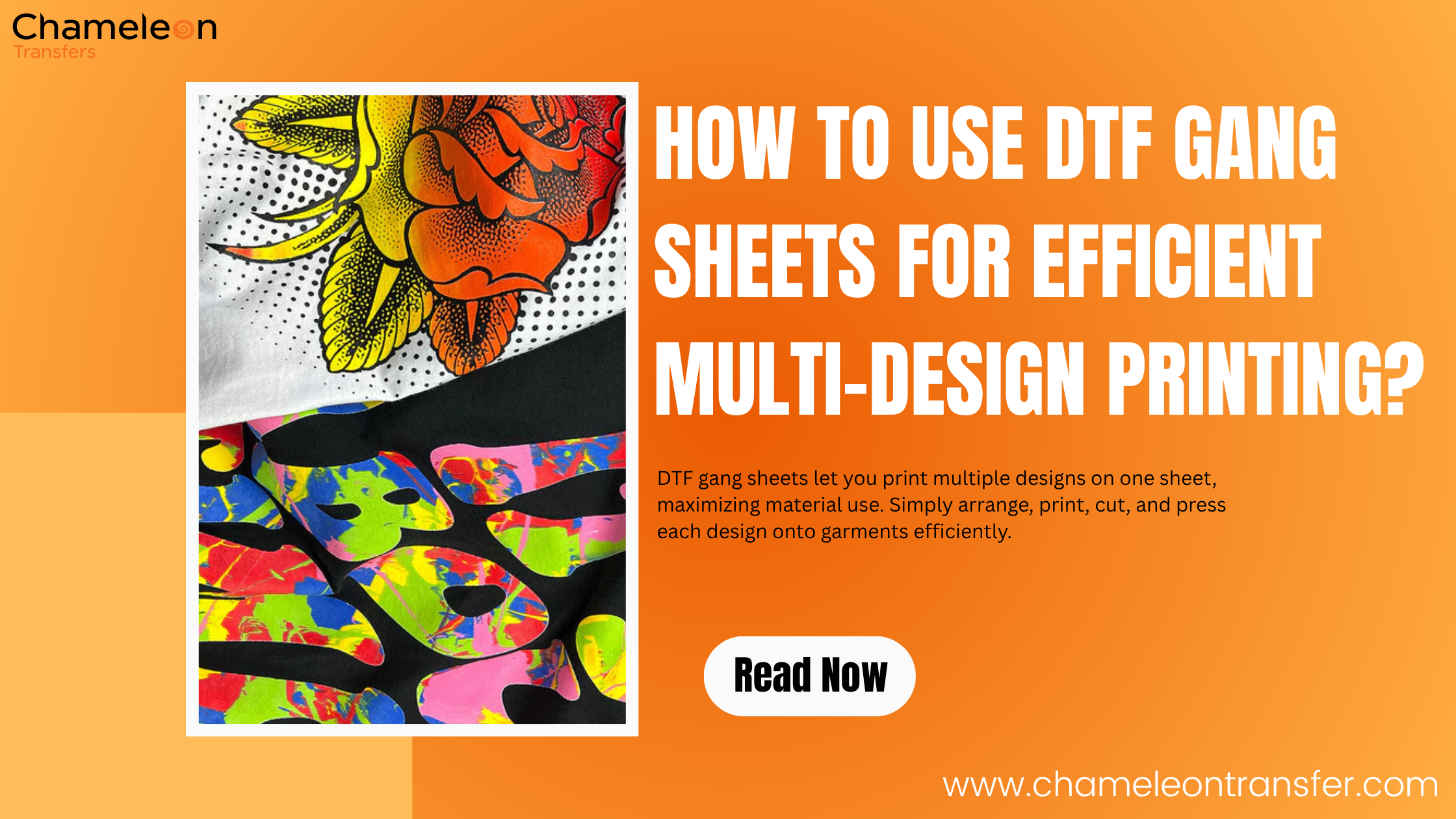When it comes to custom cup wraps, the latest technologies in printing have unlocked a new world of creative possibilities for businesses and hobbyists alike. Among the most discussed and debated innovations in the world of drinkware customization are UV DTF vs Regular DTF wraps. If you’re searching for “dtf near me” or considering “same day dtf printing near me,” understanding the distinctions between these two methods will help you make a more informed choice for your cups, mugs, and tumblers.
Below, we’ll explore the difference between UV DTF and DTF wraps, their durability, application process, pros and cons, and which is best suited for your business or crafting needs.
What is DTF Printing?
DTF, or Direct to Film, is a popular printing method that allows you to print designs onto a special film and then transfer them onto various substrates, including textiles, cups, glass, and plastic, using heat and pressure. This process has gained popularity for creating custom apparel, t-shirts for heat press, next level graphic tees, and now, custom drinkware.
Regular DTF Wraps: Overview
Regular DTF wraps use water-based inks printed onto transfer sheets. After printing, a powder adhesive is applied and cured with heat. The design is then transferred onto the chosen substrate (like a tumbler or glass) using a heat press. Regular DTF is renowned for its vibrant print quality, detailed designs, and compatibility with many surfaces.
Benefits of Regular DTF Wraps:
-
Compatible with a wide range of materials, especially fabrics and hard surfaces.
-
Bright, detailed images with a soft finish.
-
Good for both small and large batch production.
-
The best heat press for DTG can ensure consistent results.
Drawbacks:
-
The application involves heat pressing, which can be challenging on contoured or sensitive items.
-
Not fully waterproof if improperly applied.
-
The wrap may peel if not transferred correctly or if subjected to repeated washing.
What is UV DTF Printing?

UV DTF stands for Ultraviolet Direct to Film. Unlike the standard process, it uses UV-curable ink and a specially formulated adhesive film. The design is printed onto the film with UV ink and instantly cured under ultraviolet light. The cured sticker-like transfer can then be peeled and applied directly to drinkware without heat.
Benefits of UV DTF Wraps:
-
No need for a heat press, making application simpler for mugs, tumblers, and glassware.
-
Enhanced adhesive strength, resulting in highly durable and waterproof wraps.
-
Suitable for unique surfaces—great for “dtf custom printing” on glass, plastic, and metal.
-
Precise and vibrant designs, often with a glossy finish.
-
UV ink hardens with exposure to ultraviolet light, which increases durability and detail.
Drawbacks:
-
The process and materials often cost more than standard DTF.
-
Sometimes less stretchable or flexible than regular DTF, especially for textiles.
-
Specialized UV DTF transfer sheets and printers are required, making “UV DTF printing near me” searches more common.
UV DTF vs Regular DTF for Cups: A Comparison
|
Feature |
Regular DTF |
UV DTF |
|
Application Method |
Heat press required |
Cold peel, no heat press needed |
|
Adhesive Strength |
Good, but can peel if applied poorly |
Excellent, very strong and reliable |
|
Waterproof |
Water-resistant |
Fully waterproof and washable |
|
Durability/Longevity |
Good with proper care |
Superior, highly resistant to fading |
|
Print Quality |
Bright, detailed, typically matte |
Vivid, glossy, high definition |
|
Ideal Substrates |
Fabrics, hard surfaces |
Glass, plastic, metal, drinkware |
|
Cost |
Cheaper, more widely available |
Slightly higher, newer tech |
|
Environment Sensitivity |
Sensitive to heat application |
Sensitive to UV curing, but easier |
|
Peel Type |
Usually cold peel |
Cold peel, with instant stick |
|
Customization |
Flexible for a gang sheet or a single sheet |
Designed for custom drinkware printing |

The rise of personalized mugs, tumblers, and glasses driven by social media and creative businesses has fueled the demand for faster, more durable, and visually appealing drinkware printing.
UV DTF is trending because it addresses several pain points for custom drinkware:
-
UV DTF for glass and plastic: It’s perfect for smooth, non-porous surfaces.
-
No heat press means fewer risks of warping or damaging the substrate.
-
Ideal for “custom drinkware printing” where waterproofing, longevity, and vibrant colors are critical.
-
Precise wrap design, even for complex or small graphics.
How to Choose Between UV DTF and Regular DTF for Cup Wraps
When deciding between UV DTF vs Regular DTF, consider the following:
-
Type of Surface: If you’re focusing on apparel, regular DTF is a proven choice. For cups, tumblers, and bottles, especially if you want waterproof, long-lasting results, UV DTF excels.
-
Equipment Access: If you don’t have a heat press or you want a straightforward peel-and-stick process, UV DTF is one for you.
-
Durability Needs: Drinkware that needs to withstand washing and daily use benefits from UV DTF’s superior adhesive strength and water resistance.
-
Budget: Standard DTF offers a lower cost of entry and is more widespread, while UV DTF is an investment in higher-end quality and convenience.
-
Wrap Design Precision: UV DTF’s application allows for intricate, crisp images without heat distortion, a plus for finely detailed logos or art.
Also Read: What is UV DTF Transfers and How Do They Work?
Pros and Cons of UV DTF vs Regular DTF
UV DTF Pros:
-
No heat press required.
-
Superior waterproofing and fade resistance.
-
More durable on hard surfaces like glass and metal.
UV DTF Cons:
-
Pricier equipment and supplies.
-
May not be suitable for apparel or flexible surfaces.
Regular DTF Pros:
-
Ideal for textiles and mixed substrate runs.
-
Lower material costs.
-
Flexible for various applications with heat pressing.
Regular DTF Cons:
-
Prone to peeling or fading if not applied correctly.
-
Requires precise heat settings and equipment.
Application Process: UV DTF vs Regular DTF
-
Regular DTF Application:
-
Print design onto DTF film.
-
Apply powder adhesive.
-
Cure the adhesive film with heat.
-
Transfer the design to the substrate with a heat press.
-
Cold peel for the final result.
-
UV DTF Application:
-
Print design onto UV DTF film with UV-curable ink.
-
Cure instantly using UV light.
-
Peel transfer and stick firmly to the cup or tumbler.
-
Press out air bubbles for a seamless finish.
Which DTF Method is Better for Cup Wraps?
If your priority is speed, waterproofing, and ease of application on hard surfaces, UV DTF stands out for cup wraps. Its “peel and stick” simplicity is a game-changer for businesses needing to fulfill “same day dtf printing near me” or “local dtf printing” requests for custom mugs and tumblers.
However, if you mainly work with textiles or want a more budget-friendly option for mixed materials, standard DTF remains a versatile and reliable choice.
Conclusion
In summary, choosing between UV DTF and regular DTF for cup wraps depends on your specific needs, whether that's waterproof, vibrant, and long-lasting finishes for drinkware or versatility for textiles and apparel.
UV DTF is the leading solution for tumblers, mugs, and bottles thanks to its easy application and superior durability. If you're ready to elevate your custom drinkware or need fast, reliable wraps for your next project, trust Chameleon Transfers to deliver quality and precision every time.
Contact us today for expert advice, competitive pricing, and the latest in DTF technology—bring your designs to life with Chameleon Transfers.
FAQs
Q1. What is the difference between DTF and UV DTF?
DTF uses heat and adhesive powder for transfers; UV DTF uses UV-cured ink for peel-and-stick application, ideal for hard surfaces.
Q2. What is a UV DTF cup wrap?
A UV DTF cup wrap is a peel-and-stick transfer using UV-cured ink, designed for easy, durable application on mugs and tumblers.
Q3. What are the benefits of UV DTF
UV DTF offers waterproof, vivid, and long-lasting results with easy, no-heat required application on glass, plastic, or metal cups.
Q4. Can you use UV DTF on tumblers?
Yes, UV DTF works perfectly on tumblers, providing strong adhesion and a smooth, waterproof finish that withstands everyday use.
Read More:
